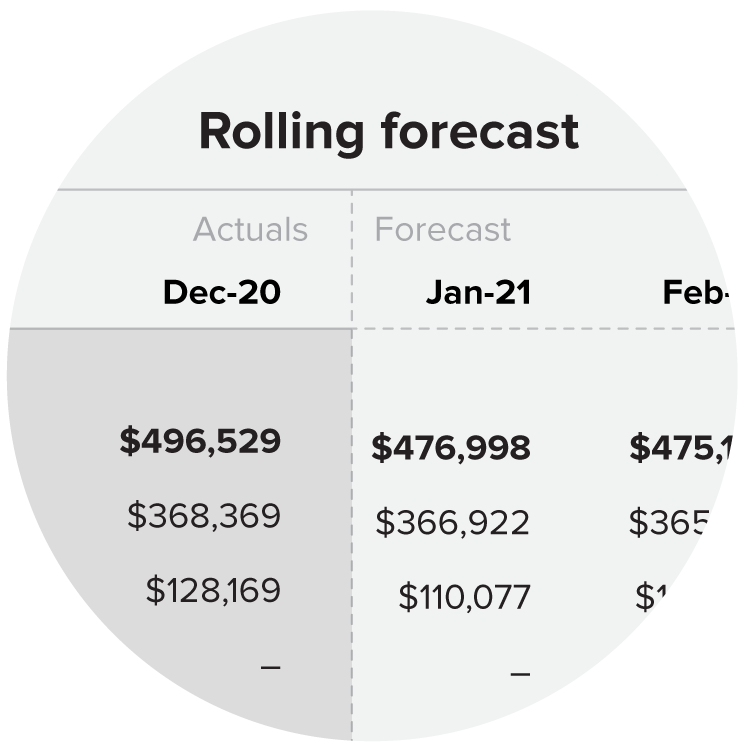December 13, 2021
Austin, Texas - December 13, 2021 - PRESSADVANTAGE -
Business planning, financial planning & analysis (FP&A), and forecasting software solution maker Jirav has published a blog post that discusses the 5 best practices on how to go about building a rolling forecast, a type of financial model that allows virtually any business to predict its future growth.
The blog post begins by giving examples of two separate businesses that differ in the way they build their models. The first business creates a traditional forecast for the upcoming year and gets completely blindsided when a staffing problem occurs that forces leadership to scramble to keep its growth sustainable. The second business, from the blog post’s example, relies on a fluid financial model such as a rolling forecast that is constantly updated based on a number of different factors. The model allows the second business’s leadership to see down the pike and update the company’s priorities to meet its immediate needs.

According to Jirav, rolling forecasts are regularly updated akin to a living document that improves over time. Some distinct advantages of rolling forecasts include recognizing early on if a business’s predicted figures are off (either positive or negative), being able to clearly see what’s causing the increase/decrease by tracking the key drivers of success and giving business leaders the ability to quickly pivot on the fly based on potential scenarios.
The first best practice for building rolling forecasts, as recommended by the blog post, is to set attainable goals and targets such as sales revenue, profit margin, and improving cash flow. The forecast can also include nonfinancial objectives such as adding new product/revenue streams, user/client growth, increased revenue per transaction, lifetime value, and more.
The second recommendation is to pick the right time frame. This involves considering two elements - how long ahead to move into the future, and then how often it will rollover. The forecast period can be anywhere from 12 to 24 months while the rollover period can be week-to-week, month-to-month, or quarter-to-quarter based on the size of the company and the velocity with which it is moving and pivoting.
The blog post then offers the next best practice which recommends companies eschew preciseness in favor of being relatively accurate. The blog post says that it is easy to fall into the trap of over-engineering the forecast problem to the point that it becomes an obstacle to productivity. The final product, whether it is the form of a spreadsheet or a dedicated rolling forecast software solution, should be lightweight, easy to manipulate, and simple to understand.
The fourth best practice, according to Jirav, is to build out the business’s key drivers. A rolling forecast that makes use of key drivers is much more than just a simple predictive tool. It becomes a scenario-planning tool that makes a business resilient to market forces beyond its control as it gives it enough time to plan for contingencies and implement corrective strategies should they come to pass. For example, if a business wants to grow revenue, they are better off picking marketing and sales data as key drivers. Companies that are aiming to spend investment capital wisely are wise to track payroll numbers and headcount.
Finally, the blog post recommends the use of a custom software solution, such as the one offered by Jirav, as it is much more robust and flexible compared to patchwork solutions such as large Excel files that rely heavily on macros, making them finicky and slow to operate on. Jirav’s custom software solution also allows the automation of the data such as general ledger data, payroll data, and more through software integrations. Readers can head over to Jirav’s website to read the blog post titled “How To Build Your Own Rolling Forecasts” in its entirety.
Jirav offers a three-tier pricing model for its flagship software solution with the starter tier also offering a 14-day free trial. Readers can also request a product demo on the company’s website for a personal and in-depth look into the product’s features and capabilities.
###
For more information about Jirav, contact the company here:
Jirav
Martin Zych
info@jirav.com
25 Taylor Street, San Francisco, CA 94102, US